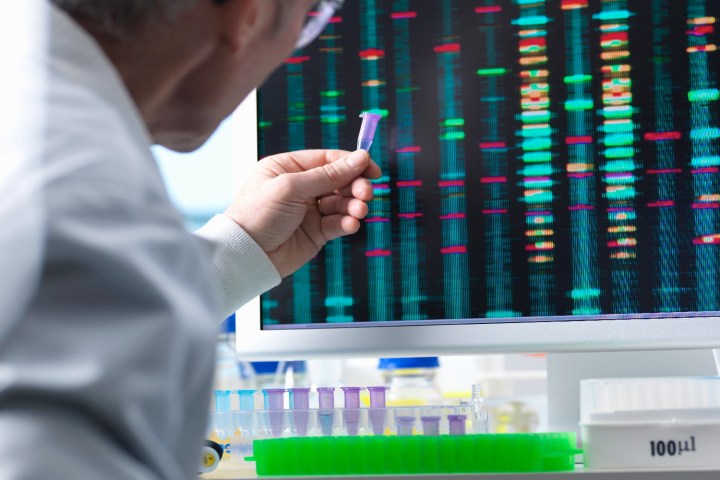
In work carried out by researchers at University of California, Berkeley, scientists have been able to disable the defective gene that triggers ALS in mice. While they didn’t get rid of the disease permanently, the treatment did extend the mice’s life span by 25 percent. The therapy delayed the onset of the muscle-wasting symptoms that characterize ALS, which ultimately become fatal when they spread to the muscles which control breathing.
“Some diseases, like Lou Gehrig’s disease, are caused by gene mutations that lead a protein in our cells to malfunction,” David Schaffer, a professor of chemical and biomolecular engineering and director of the Berkeley Stem Cell Center, told Digital Trends. “A very promising approach is to disable or delete that mutated gene. CRISPR/Cas9 is a highly promising technology to do so, but this capability needs to be delivered to the target cells. We put together CRISPR-Cas9 with a highly promising gene delivery, based on a virus, in order to disable the disease causing gene SOD1 in an animal model of ALS.”
The mice in the study were genetically engineered to exhibit a mutated human gene that is responsible for around 20 percent of all inherited forms of ALS. The team then used a specially engineered virus that delivers a gene encoding the Cas9 protein, which in turn disabled the mutant gene responsible for ALS. The treated mice lived one month longer than the typical four-month life span of mice with ALS. An average healthy mouse lives for around two years.
Hopefully, were this to be carried over to humans, those time spans would be extended. “There are challenges that remain before extending into human studies, such as using an improved virus optimized for humans, but we think there is a clear path to doing so,” Schaffer said.
A paper describing the work was recently published in the journal Science Advances.


